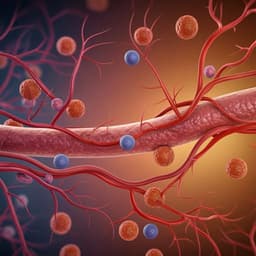
Psychology
The influence of a walk in nature on human resting brain activity: a randomized controlled trial
A. S. Mcdonnell and D. L. Strayer
A randomized controlled trial (N=92) found that a 40-minute nature walk produced a larger boost in positive affect than an urban walk, while EEG showed greater frontal midline theta (fMθ) after the urban walk—suggesting higher executive attention demand in cities and attentional rest in nature. This research was conducted by Authors present in <Authors> tag: Amy S. McDonnell and David L. Strayer.
~3 min • Beginner • English
Related Publications
Explore these studies to deepen your understanding of the subject.







